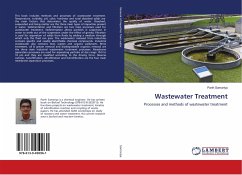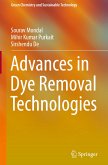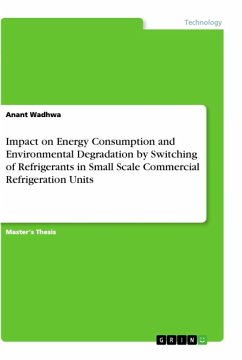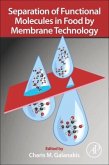Doctoral Thesis / Dissertation from the year 2013 in the subject Engineering - Chemical Engineering, grade: "0", Universidad de Valladolid, language: English, abstract: Membrane Technology applied, among others, in processes such as Ultrafiltration (UF) and Nanofiltration (NF), has become an important part of biotechnological separation processes in recent decades. Its main feature, the morphology of the porous filters, leading to a "sieving mechanism" allows effective separation with high selectivity features and made in energy and environmental conditions very interesting. Given the enormous development of membrane filters, it becomes necessary the growth in parallel of characterization techniques applied to such filters, as essential tools for both manufacturers and end-users or researchers. In this sense we need to know most exactly possible, both functional and structural parameters of the membrane, all necessary for a proper choice of that with a view to a particular application. The question we must face is: Is there a characterization method, by itself, giving us a clear and easily interpretable picture of the true structure and functionality of the filter?. The answer to this question is obviously no. There are so many structural and functional parameters that contribute to the exact knowledge of the membrane, that there is no technique that can bring us all this wealth of information. From the industrial and commercial standpoints, the parameter most used and required, in view of possible applications of the filters, it is the molecular weight cut-off (MWCO), although it is clear that by itself is not a definitive tool for choosing a membrane filter. SMAP® group long experience in membrane characterization allows us to conclude that porosimetric techniques give interesting information related to the size and size distribution of the pores present in a membrane, information that can be conveniently checked against functional aspects of it. In this sense, we can consider that Liquid-liquid displacement porosimetry (LLDP) is the most promising porosimetric technique in the range of Ultrafiltration, thus giving us important information about these filters.








